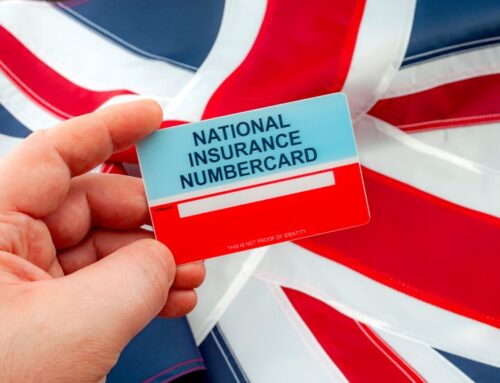There are different rules which apply to different types of capital expenditure for a property business. One of the main areas to consider in deciding whether a repair is a deductible expense is whether it is revenue or capital. Capital expenditure cannot be deducted in computing the profits of a property business, however there are separate reliefs for some capital expenditure.
The cost of land and buildings is capital expenditure, this includes the cost of any new buildings erected after letting has started and any improvements.
HMRC also list the following additional examples of capital expenses:
- expenditure which adds to or improves the land or property; for example, converting a disused barn to a holiday home,
- the cost of refurbishing or repairing a property bought in a derelict or run-down state,
- expenditure on demolishing a derelict factory to clear space for a new office building; the cost of the new building,
- the cost of building a car park next to a property that is let,
- expenditure on a new access road to a property,
- the cost of a new piece of land next to a property that is let.
In general repairs and trivial capital improvements (incidental to a repair) are usually categorised as revenue expenditure. However, the devil can be in the detail and careful consideration must be given to specific expenses. For example, alterations due to advancements in technology are generally treated as an allowable repair rather than an improvement such as replacing single glazing on windows with double glazing.





